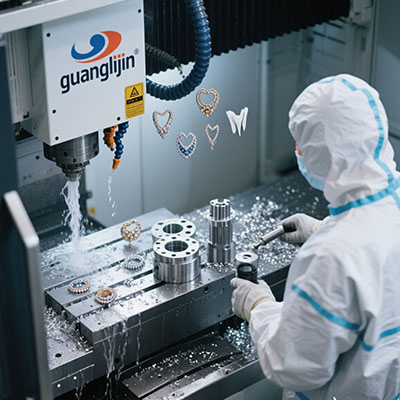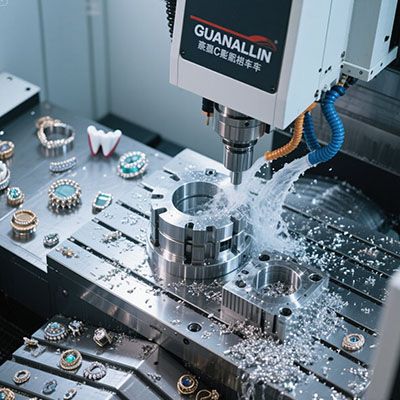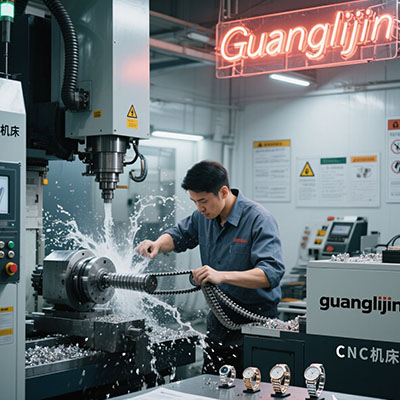What Is CNC Milling Machine? Automated Fabrication Guide
The CNC Revolution in Modern Manufacturing
A CNC milling machine represents the pinnacle of automated fabrication, combining computer precision with mechanical cutting power. According to the International Journal of Machine Tools (2024), CNC technology has reduced machining errors by 87% compared to manual methods since 2010.
Our manufacturing team recently implemented a CNC milling machine that transformed our prototyping process – reducing lead times from 3 weeks to just 3 days for complex aluminum components.
CNC vs Traditional: Why Automation Wins
Precision Manufacturing Comparison
| Factor | Manual Milling | CNC Milling |
|---|---|---|
| Repeatability | ±0.010″ | ±0.0005″ |
| Complexity | 2D shapes | 5-axis 3D contours |
| Operator Skill | Master craftsman | CAD/CAM programmer |
Interestingly, while CNC machines cost more initially, they typically pay for themselves within 18 months through increased productivity.
5-Step CNC Milling Process Breakdown
- Design Phase: Create 3D CAD model (SolidWorks, Fusion 360)
- Programming: Generate toolpaths using CAM software
- Setup: Secure material and load cutting tools
- Machining: Automated material removal process
- Quality Control: Verify dimensions with CMM or micrometers
⚠ Warning: Never skip simulation in CAM software – we learned this the hard way with a $5,000 workpiece collision.
Key Components That Make CNC Milling Possible
Understanding these automated machining elements helps buyers make informed decisions:
- Controller: The “brain” (Fanuc, Siemens, or Haas controls)
- Spindle: Rotating cutting tool (RPM determines material options)
- Linear Guides: Precision rails for axis movement
- Tool Changer: Automatic systems hold 20-40 tools
- Coolant System: Essential for temperature control
Manufacturing Engineering magazine reports that spindle quality directly affects 65% of machining outcomes.
CNC Milling Machine Buyer’s Checklist
Check spindle power at needed RPMs
Evaluate control system user-friendliness
Confirm local service technician availability
Test-cut your specific materials
Pro tip: The 40-taper spindle offers the best balance of rigidity and versatility for most applications.
CNC Milling FAQs
1. What materials can CNC milling machines process?
Virtually all – from soft plastics to hardened steel (50+ HRC) with proper tooling.
2. How much does an industrial CNC milling machine cost?
Production models range from $50,000 to over $500,000 depending on size and capabilities.
3. What’s the difference between 3-axis and 5-axis CNC milling?
5-axis machines can create complex geometries without repositioning the workpiece.
4. How long does it take to learn CNC milling programming?
Basic G-code understanding takes weeks, but mastering CAM software requires 6-12 months.







